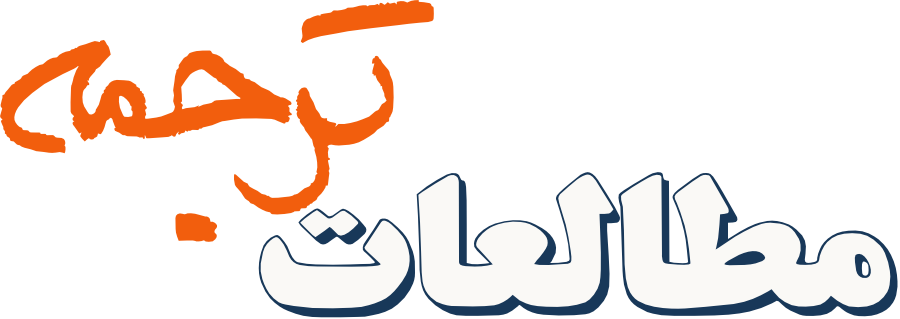From Certainty to Uncertainty: Parallels Between General Science and Translation Studies
چکیده
This purely conceptual study draws parallels between general science and translation studies in terms of how both moved from an attitude of certainty to one of uncertainty. In doing so, we begin with the scientific zeitgeist at the turn of the 20th century, when scientific certainty was almost a given. The belief in scientific certainty so prevalent at that time has since been replaced with a more complex attitude to uncertainty, one that accounts for the inherent fallibility of scientific knowledge. Our discussion of translation studies reflects a parallel evolution. It began with the certainty of equivalence firmly rooted in Aristotelian binary logic, then rejected it and adopted uncertainty as a paradigm. We end our discussion by pointing out some theoretical traps that scholars might fall into if they take the uncertainty paradigm in translation studies at face value.
کلمات راهنما:
پیچیدگی، تعادل ترجمهای، عدم قطعیت، قطعیت، مطالعات ترجمهمراجع
Blumczynski, P., & Hassani, G. (2019). Towards a meta-theoretical model for translation: A Multidimensional Approach. Target. International Journal of Translation Studies, 31(3), 328–351. https://doi.org/10.1075/target.17031.blu
Catford, J. C. (1965). A linguistic theory of translation. Oxford University Press.
Chapelle, C. A. (2020). Concise encyclopedia of applied linguistics. New York: John Wiley & Sons.
Coronavirus cases: Worldometer. (2022). Retrieved September 14, 2022, from https://www.worldometers.info/coronavirus/
Delabastita, D. (2008). Histories and Utopias. The Translator, 16(1), 125–134. https://doi.org/10.1080/13556509.2010.10799296
Even-Zohar, I. (1978/2004). ‘The position of translated literature within the literary Polysystem,’ in Lawrence Venuti (ed.) (2004), The Translation Studies Reader, 2nd edition. London and New York: Routledge, PP. 191–196.
Halverson, S. L. (1997). The concept of equivalence in Translation Studies. Target. International Journal of Translation Studies, 9(2), 207–233. https://doi.org/10.1075/target.9.2.02hal
Hassani, G. (2018). Revisiting Translation Studies: A Fuzzy Logic Approach [Unpublished Ph.D. dissertation]. Allameh Tabataba’i University.
Hermans, T. (2004). ‘Vertalen als navelstaren.Van equivalentie naar intertekstualiteit.’ Filter, 11(2), 3–18.
Holmes, J. (1988/2004). ‘The Name and Nature of Translation Studies,’ In Lawrence Venuti (ed.) (2004), The Translation Studies Reader, 2nd edition. London and New York: Routledge, PP. 180–192.
Jakobson, R. (1959/2004). On Linguistic Aspects of Translation. In On translation. essay, OUP.
Kenny, D. (2022). Machine Translation for Everyone: Empowering Users in the Age of Artificial Intelligence. Language Science Press.
kolin, K. (2021). Artificial Intelligence in Machine Translation Technologies. Social Novelties and Social Sciences, (2), 64–80. https://doi.org/10.31249/snsn/2021.02.05
Kong, L. (2022). Artificial Intelligence-based translation technology in translation teaching. Computational Intelligence and Neuroscience, 2022, 1–9. https://doi.org/10.1155/2022/6016752
Marais, K., & Meylaers, R. (2019). Complexity thinking in translation studies: Methodological considerations. Routledge.
Morini, M. (2008). Outlining a new linguistic theory of translation. Target. International Journal of Translation Studies, 20(1), 29–51. https://doi.org/10.1075/target.20.1.03mor
Nida, E. A. (2003). Toward a science of translation: With special reference to principles and procedures involved in Bible translating. Brill Acad.
Nida, E. A., & Taber, C. R. (1969/1982). The theory and practice of translation. Brill.
Peat, F. D. (2002). From certainty to uncertainty: The story of science and ideas in the Twentieth Century. Joseph Henry.
Pym, A. (2010/2014). Exploring translation theories. Routledge.
Shuttleworth, M., & Cowie, M. (1997). Dictionary of translation studies. Routledge.
Snell-Hornby, M. (1995). Translation studies: An integrated approach. John Benjamins Publishing Company.
Taleb, N. N. (2017). The Black Swan: The impact of the highly improbable. Taylor and Francis.
Toury, G. (1978/2004) ‘The nature and role of norms in literary translation,’ in Lawrence Venuti (ed.) (2004), The Translation Studies Reader, 2nd edition. London and New York: Routledge, pp. 197–210.
Ṭoury Gideon. (1995/2012). Descriptive translation studies—and beyond. Benjamins.
Wilss, W. (1982). The Science of Translation: Problems and Methods. G. Narr.
Downloads
چاپشده
Versions
- 2023-02-17 (3)
- 2023-02-17 (2)
- 2023-01-23 (1)
ارجاع به مقاله
شماره
نوع مقاله
DOR
مجوز
Copyright Licensee: Iranian Journal of Translation Studies. This article is an open access article distributed under the terms and conditions of the Creative Commons Attribution–NonCommercial 4.0 International (CC BY-NC 4.0 license).





